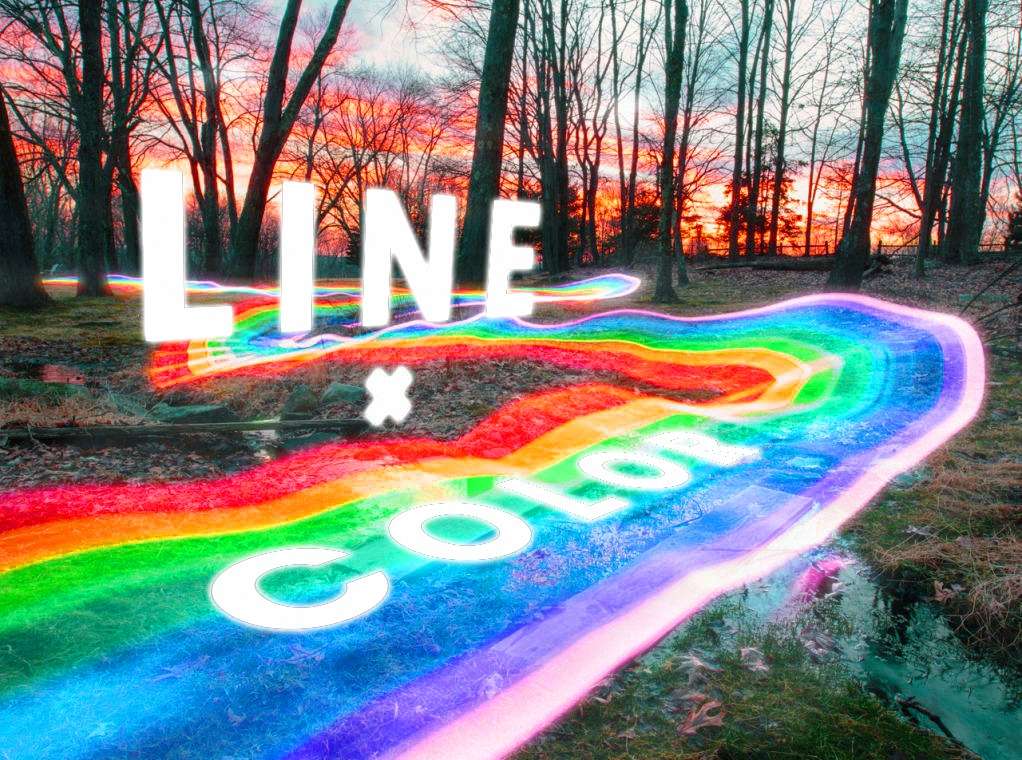I got into a design institute knowing absolutely nothing about design. The time I got my admission in college, I just thought I would be good at it because I learn fast and I loved each and everything that was happening around me. The foundation classes started on time, and to my dismay, I was a complete newbie. There were people from art backgrounds and some that even had had design thinking as a course in their schools. They painted portraits with perfect semblance of their subject, made lines straight freehand as if with a ruler, while my faculty Mr. J.L.Naik, was teaching me how to hold a pencil. That was my first year. From then till now, at my third year and on the verge of going out for graduation internships, I reminisce and think about the fundamentals of design I learnt. The following topics are academic to design; rules you learn before you break them. Yet, what design has taught me as an individual is a topic that still gets me to introspect from time to time. More on that later. In this series, we will talk about the very basic elements of design as taught in schools all over the world. So, here we go!
Line
Technically, a point is the first element in design, yet line is where we start learning to create multiple meanings out of them. A line is a form with length and width with no depth. It can mean straight as well as curvy lines as long as points are connected. Multiple moods can be conveyed with a single line placed strategically around principal forms.
Kinds of Lines
- Horizontal lines : Often horizontal lines depict a sense of stability, calm and quiet when used with other forms in perspective. The term “horizontal” is derived from the “horizon” which is again a sign of perspective, distance and peace.
- Vertical lines : Vertical lines depict a strong potential for movement. They are in an unstable equilibrium with their mass and give the impression that they might start moving anytime. Vertical lines are often used in conjunction with horizontal lines as lines of reference while creating perspective drawings and scenes.
- Diagonal lines : Diagonal lines depict a strong movement and they are mostly used by graphic designers,illustrators and comic artists to depict all kinds of movement. Diagonal lines also suggest a strong sense of direction unlike vertical and horizontal lines.
- Curvy lines : Curvy lines can hold multiple kinds of meanings depending on their usage and the context they are placed in.

How to understand this
Make lines. Freehand. Get your thickest pencil, crayon, pastel or whatever you like using. Make your hands move. Go wild scribbling. Do this for a set period of time. Then stop and analyse each stroke. Understand how each stroke makes you feel. Does it convey some kind of motion, speed, emotion, mood, occurrence, anything? Once you start finding meanings, flip the paper over and scribble some more. Carefully note how your hand moves when you form each kind of line. As you scribble away, playing with the properties of such lines, you will understand the feel of every stroke you make. You will soon be able to manipulate them in design you create, be it graphic design or something more tangible.
Colour
Colour is a beauty to all the individuals that can see it. Initially when I was working with colours and gradients, I found it tedious work until the point I mixed the perfect pearly pink using my pot of crimson and white paint. I don’t have an art background and I never did a lot of colour mixing. Colour theory was a huge eye opener for me. When my faculty talked about tints and shades and colour schemes and all the design lingo started to mush together I tried to make them and know it for myself. Here’s what I learnt.
- Primary colours: These colours are the root of all colours. Red, yellow and blue. In theory, these colours alone can give you gazillion colours when mixed right. Sadly pigments in real life don’t work like that. So when you mix yellow and blue to try and get a brilliant green, you are very likely to end up with a murky green. This is because of the components of each individual pot of paint that we use. While they don’t chemically mix, visually the impurities mix to create a lot murkier colours than we expect.
- Secondary colours: Secondary colours are the first 3 colours that can be created using primary colours. In theory. Practically there is a huge variety of secondary colours formed out of primary colours, depending on the warmth of the base colours mixed.
- Tertiary colours: Tertiary colours are the grandchildren of primary and secondary colours. They have again a lot more variety to them when mixed right out of a paint pot.
Uses of Colors in design
Colours depict multiple kinds of moods and emotions depending on the usage. Colour psychology is a major topic many designers are studying today. This entails understanding the effect of colours on people in terms of its application in space design, graphic design amongst others. For example red is a colour traditionally attributed to warm characteristics like passion and anger, while blue relates with social dependability, stability and calm. So when using colours in your design, keep colour psychology in mind and experiment a lot of colour combinations that convey the right mood and are visually as appealing as you need them to be.
Takeaway
This was my experience as a newbie design kid, learning about lines and colors. Even though it took me time, it helps me a lot even today when I work on different kinds of projects. I am an industrial design student who needs to take into account every little detail of the form I am creating, and lines and colors certainly play a vital role in that, as I mentioned earlier. Next up, in this series is the usage of space and the role of shapes in design. Until then, stay tuned!



